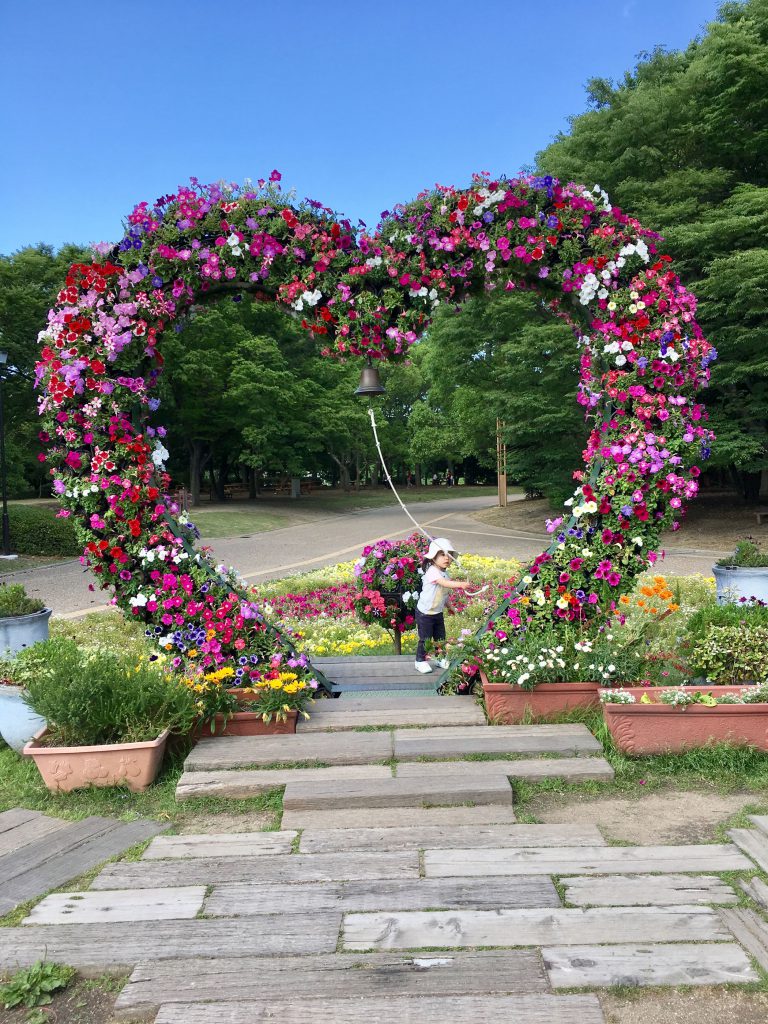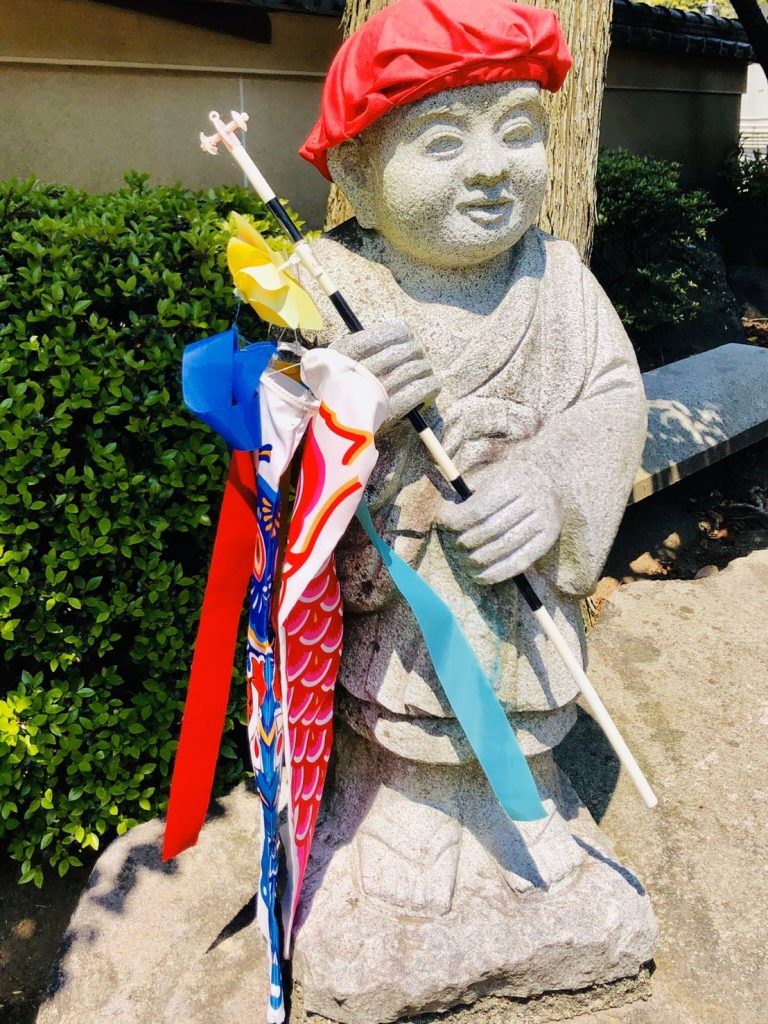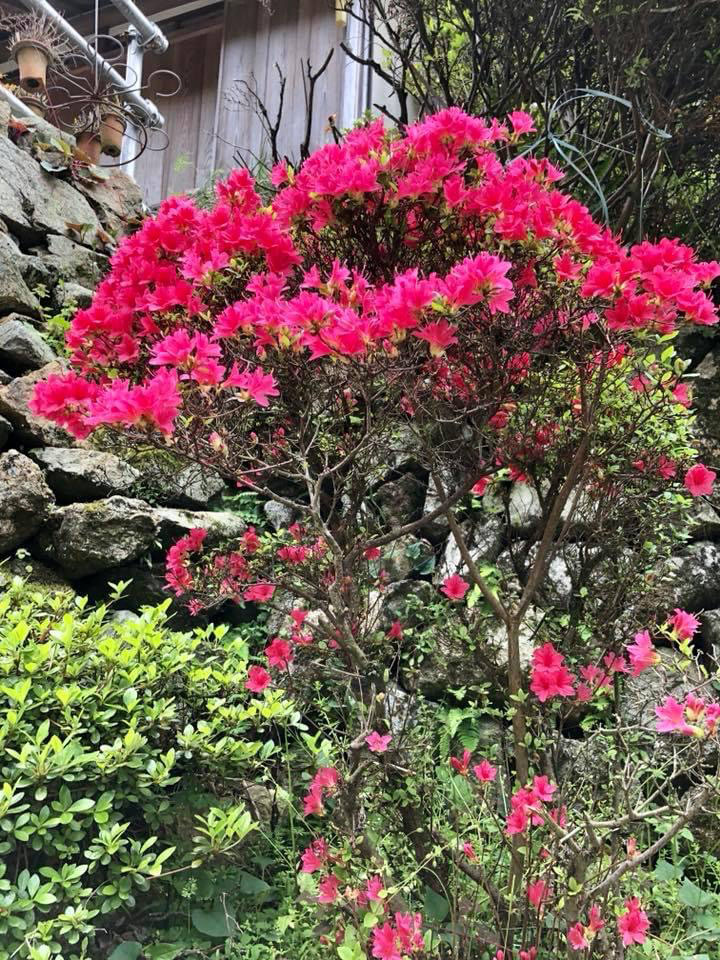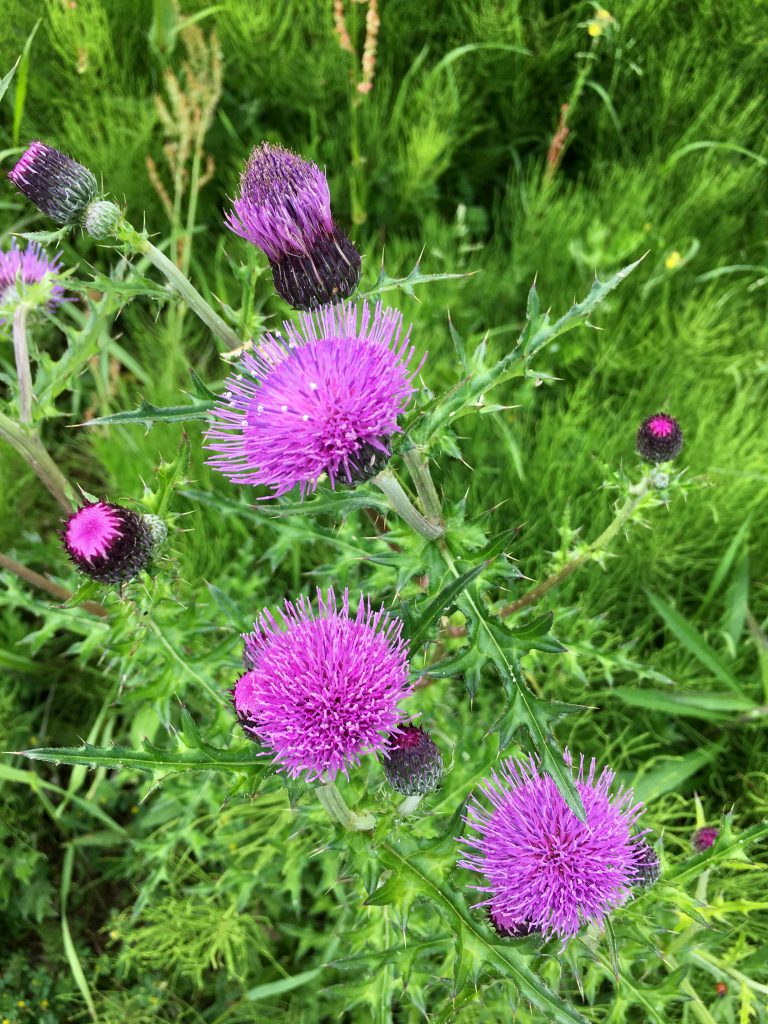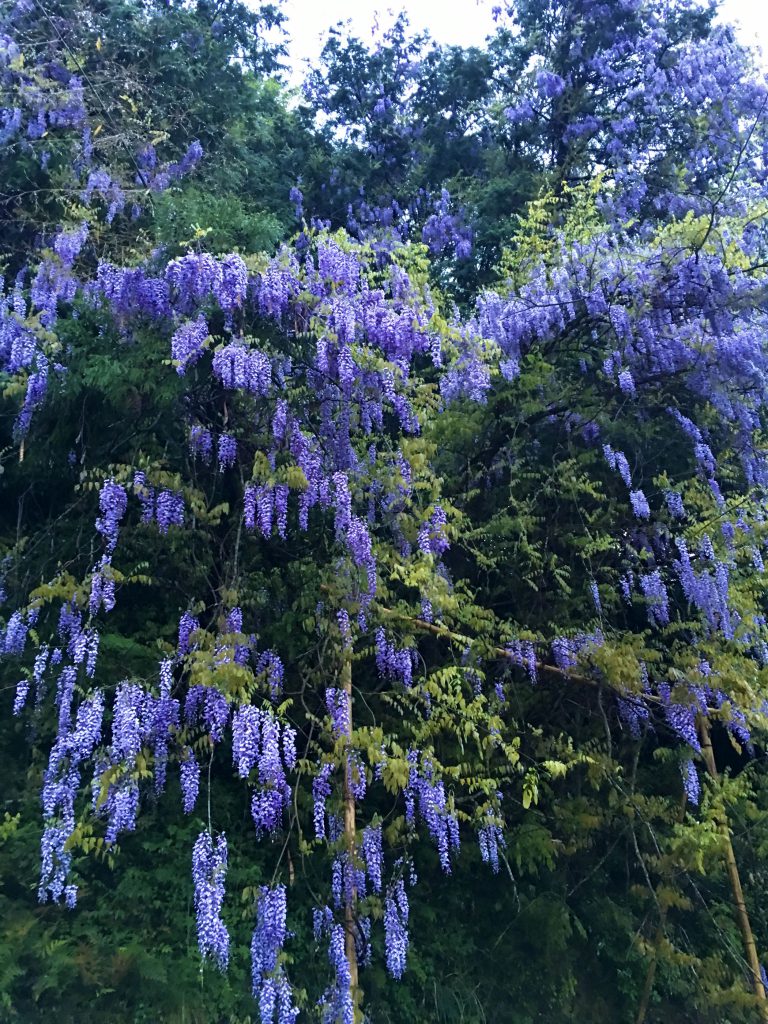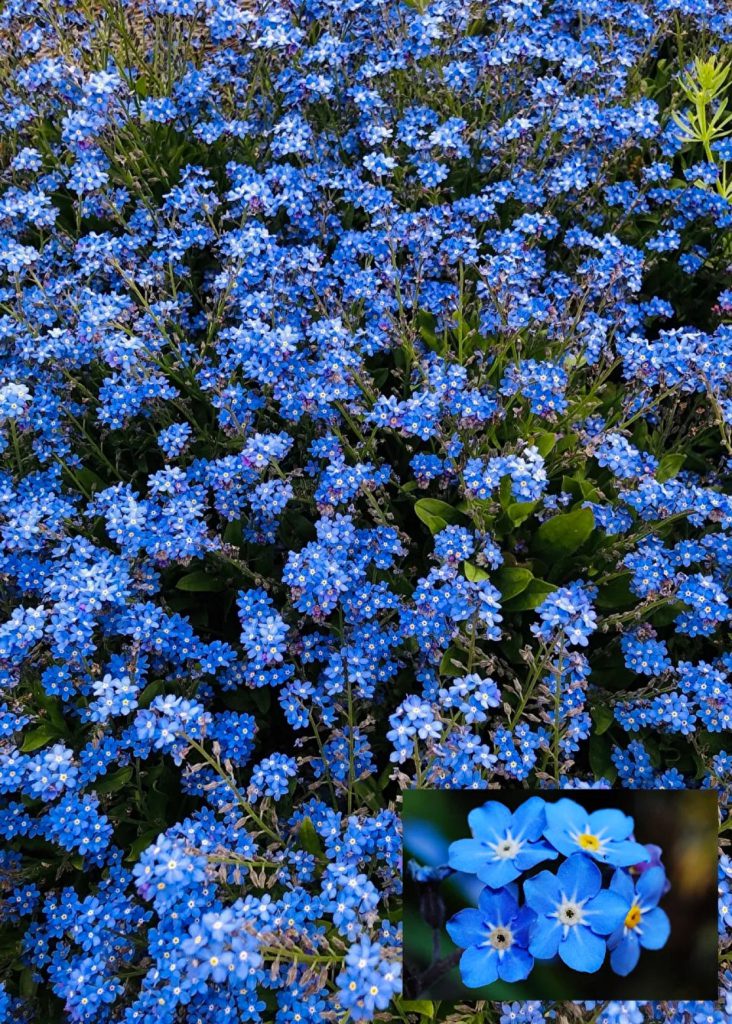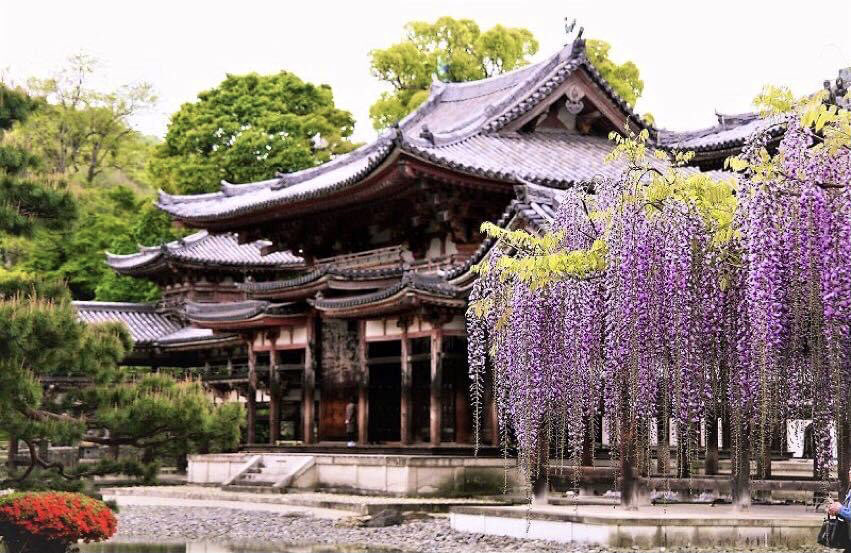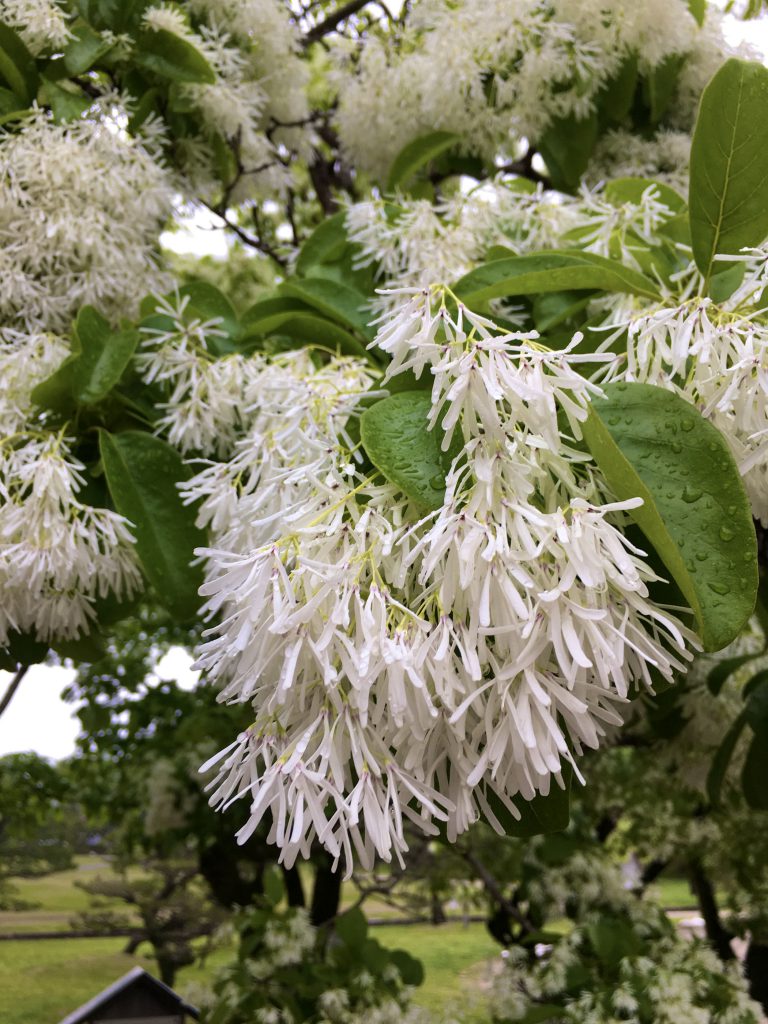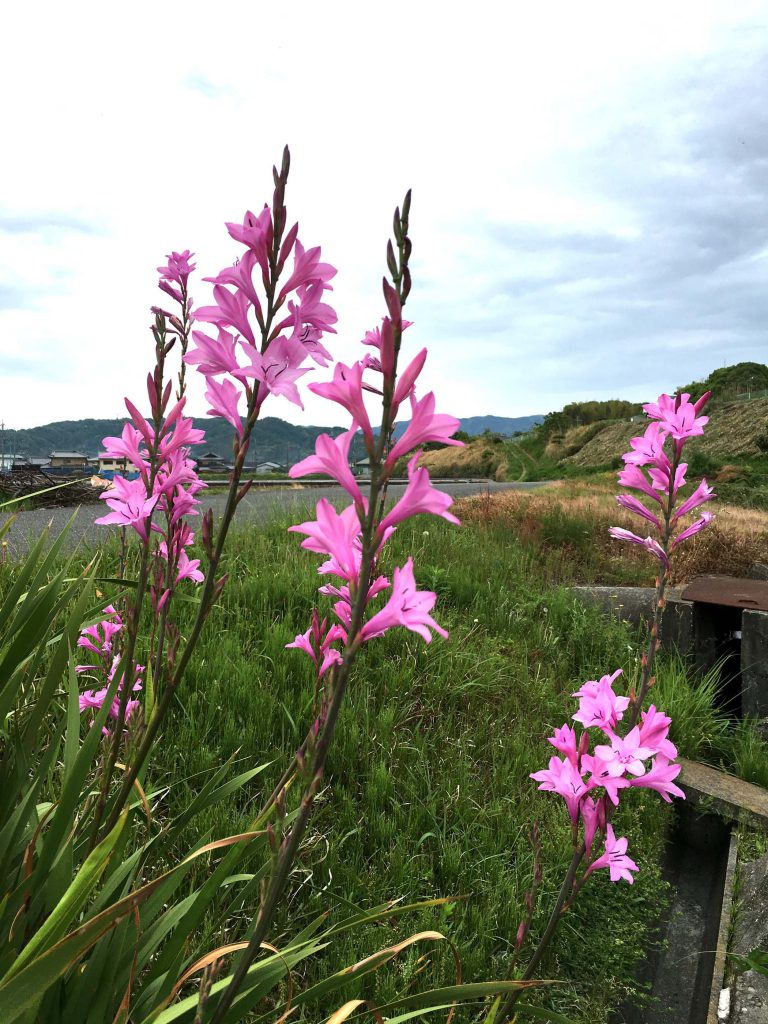
When I first met this flower, it was shocking. It was blooming dignifiedly on the side of a small rusty agricultural lock. I took a picture with my smartphone immediately and went home and looked it up, but I don’t know the name. At that time, there was no Google app that could identify the name of the flower. I really wanted to know, so I went to the Nagai Botanical Garden in Osaka to check it out. I was shown a photo that it might be Hiohgi-zuisen, but it’s not too far away, even if it doesn’t hit, so it’s not perfect. When I went home and researched various things with Hiogi-Zuisen as a hint, I found out that Hiohgi-Zuisen is a Japanese name and it is Watsonia volbonica, which is a kind of Watsonia. This flower has such a hardship story. At that time, smartphones were still in their infancy, and there were few Google apps or useful search sites as they are now. It was blooming in the same place this year as well.
この花と最初に出会った時は衝撃的でした。錆びついた小さな農業用水門の側に凛として咲いていました。早速スマホで撮影し、家に帰って調べましたが名前が分かりません。当時は、花の名を識別してくれるGoogleのアプリも有りませんでした。どうしても知りたくて大阪市にある長居の植物園に出掛けて調べてもらいました。ヒオウギスイセンではないかと写真も見せてもらいましたが、当たらずと言えども遠からずで、ぴったりではありません。家に帰ってヒオウギスイセンをヒントに色々調べたら、ヒオウギスイセンは和名で、ワトソニアの一種のワトソニア・ボルボニカであることを突き止めたと言う、この花には苦労話しがあります。まだスマホが出て間もない時代で、今のように、先ほどのGoogleアプリや便利な検索サイトもほとんどありませんでした。今年も同じ場所で同じように咲いていました。

